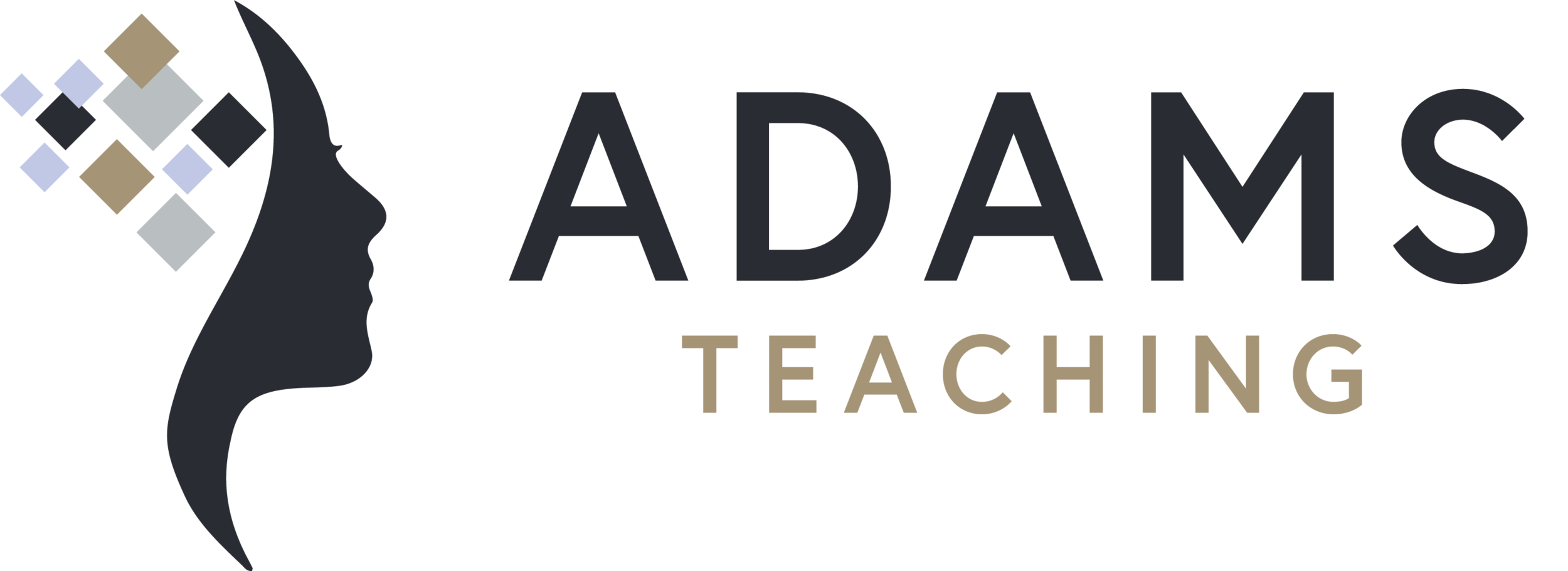10 Neuro Nuggets for Educators
1. Brains do not fully develop in girls until about age 20, in boys, as late as 25.
2. The last part of the brain to develop is the Pre-Frontal Cortex; it controls impulses, organization, moral reasoning, emotional stability, concentration and prioritizing.
3. Adolescents often do not fully process cause & effect (another skill of the Pre-Frontal Cortex) so they really DO NOT know why they just did something stupid or why they got in trouble for it.
4. Kids need 9-13 hours of sleep daily to concentrate, metabolize sugar, regulate emotions and retain information effectively.
5. Our mind controls our brain-our brain does not control our mind. Teaching a growth mind-set is valuable because it triggers happy, critical thinking chemicals in our brain that increase our capacity for learning.
6. When kids act out or zone out, it is an INVOLUNTARY response to stress or boredom AND boredom is stressful to the young brain.
7. Kids can misinterpret instructions and emotions up to 40% of the time. Be clear in your expectations and explicitly model, explain and give feedback to children whether you are teaching them to organize their binder or load the dishwasher correctly.
8. Optimal brain engagement occurs when there is a positive emotional connection between student and teacher. Relationship, relationship, relationship...it makes a considerable difference in the learning environment.
9. Information is only stored in short-term memory for about 20 minutes; when information is connected to prior knowledge and emotion, it can be stored in long-term memory.
10. Young brains need learning breaks to reset their attention span clocks. Every 4-8 minutes, engage students in a "Learning Brain Break" such as turning and talking or retelling (first, then, finally) what was just learned with another on the other side of the room.
Every 10-20 minutes, students need to be moving around, even for just a minute or two, to reset their attention; use an "Energizing Brain Break" to get their blood pumping (www.energizingbrainbreaks.com). Numb buns=lame brains.
Julie Adams, Adams Educational Consulting, effectiveteachingpd.com, @adamsteaching
Article updated June 2017
*Recommended Resources: Research-Based Strategies to Ignite Student Learning (Judy Willis), Your Child’s Growing Mind (Jane Healy), Teaching Smarter with the Brain in Focus (Sarah Armstrong), The Primal Teen (Barbara Strauch), Teaching with the Brain in Mind (Eric Jensen), Brain Rules (John Medina), Secrets of the Teen Brain (Sheryl Feinstein)
